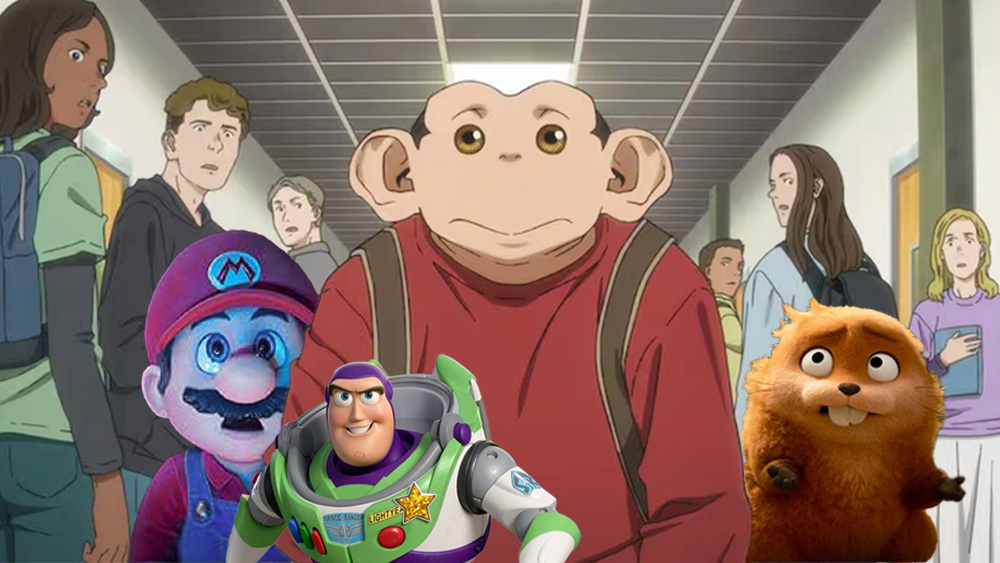'Dread, anxiety... but also hope': Here's how creatives really feel about social media in 2025
It's one of the biggest dilemmas facing artists today.
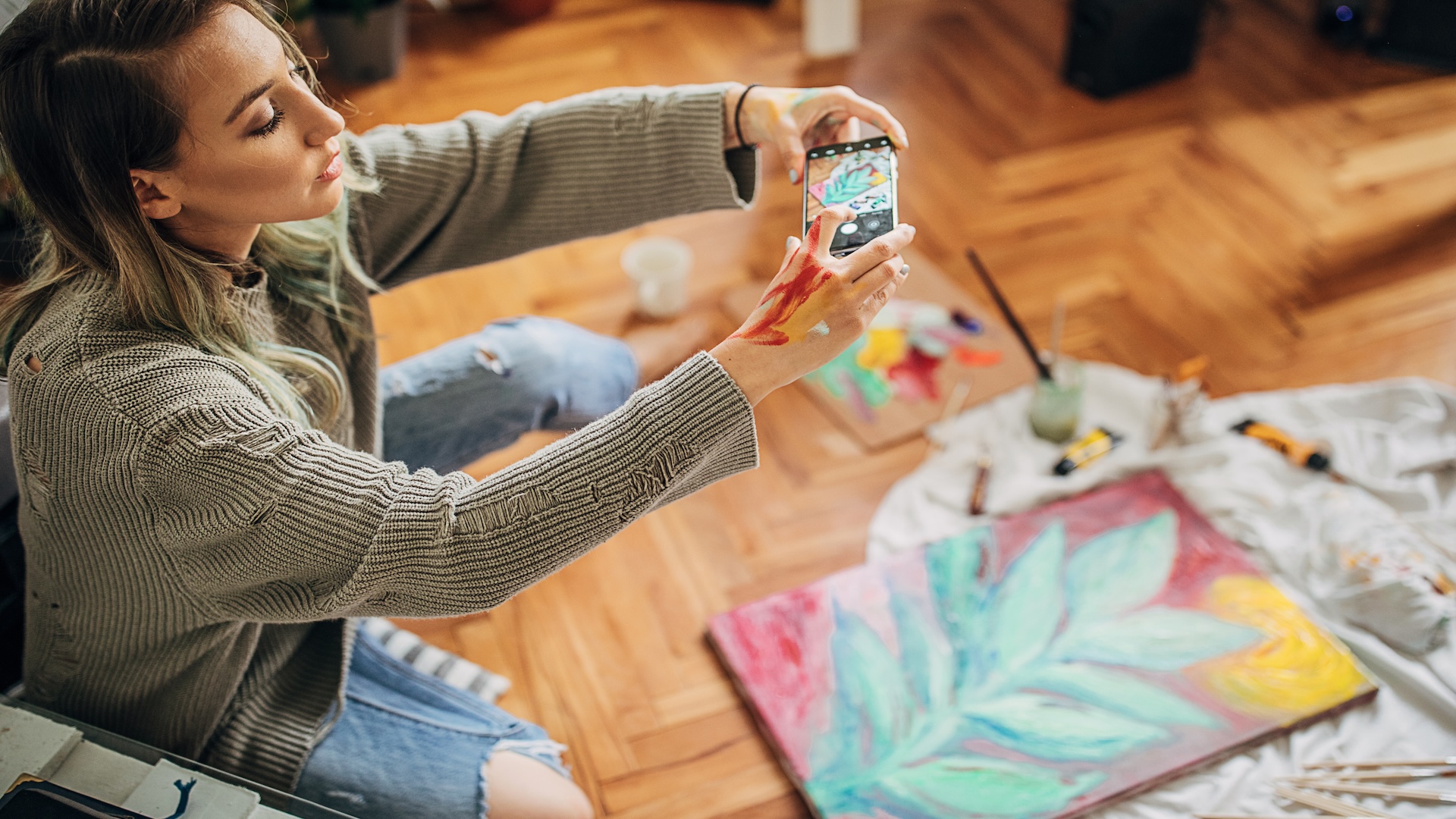
You know how, on Facebook, some people don't put 'Single' or 'In a relationship' but 'It's complicated'? Well in 2025, that feels like a good way to describe our relationship with social media too.
If you're a creative professional, I'm betting your relationship with these platforms has grown pretty complicated in recent years. You know you need them. You probably hate that you need them. And you've definitely spent more hours than you'd care to admit wondering why that post didn't get more likes.
How do I know this? Because I've spend the last few years speaking to designers, illustrators, photographers and others about how they really feel. And the picture that emerges? It's messy, contradictory, and to be frank, starting to bring everyone down. And it doesn't help that our roundup of the best social media platforms for artists and designers includes a whopping 13 platforms, right?
Gut reactions
When I ask designer Gordon Reid, founder of Middle Boop, for his current feelings about social media, his immediate response is both typical and telling.
"It's a mixture: dread, anxiety... but also opportunity, hope, potential," he says. "On the one hand, I'd do anything to spend less time coming up with ideas for content and looking at a screen. On the other, social media remains such an important tool for organic growth."

Nikita Walia, strategy director at U.N.N.A.M.E.D, agrees. "Social media feels like a necessary evil, and there is definitely some dread in there," she says. "Not dread of posting itself, but of what the platforms have turned into. In the early days, social media felt like a utopian space full of possibility and connection. Now it's more about manipulation, pressure and noise."
This sentiment—that something fundamental has changed in social media's DNA—has echoed throughout all my chats with creatives in recent years, both on and off the record. In short, what began as a way to spark genuine connections between humans seems to have morphed into a weird sensation of being caught between authenticity and algorithm.
Daily design news, reviews, how-tos and more, as picked by the editors.
So why don't we all just walk away? Simply put, the pressure to maintain constant visibility online weighs heavily on most of our minds.
The visibility trap
As Gordon notes: "It's a wild market out there right now, with seemingly more creatives than ever fighting for a smaller piece of the action than ever. So it's important to post regularly to remind people you're still here at the very least, let alone to help build a profile, a brand, find work organically."
A post shared by MIDDLE BOOP STUDIOS (@middleboop)
A photo posted by on
And the consequences of stepping back, in his experience, can be severe. "For some time, I allowed myself and my studio to ease off posting and engaging on social platforms," he recalls. "But whilst it was helpful in the short term, allowing us to focus more time on the work, in the long term it's meant we're behind the pack and have missed out on potential opportunities."
For Becky Reynolds, creative at The Gate London, the stakes are equally high. "Within advertising, if your work isn’t seen by fellow industry creatives, it might not get the love it deserves," she says. Nikita tells a similar story. "In strategy, visibility is currency," she explains. "Posting is how you stay top of mind."
Serving the algorithm
In practice, though, this can create a dangerous dynamic. "I realised there was a very clear connection between how often I posted and the number of inquiries we received," says Nikita. "That made it motivating, but it also risked turning thinking and public inquiry into a performance that's judged by its lead-generating potential, rather than its quality."
To avoid such a trap, Sasha Horsthuis, director of photography at Chuck Studios, takes a very selective approach. "I only post when I'm genuinely proud of my work and I want the world to see it; it's like a special occasion," he reveals. "If the work doesn't excite me, I don't see the point in sharing it or posting work with a scatter-gun approach just for the sake of staying visible."
A post shared by Sasha Horsthuis (Sashimi) (@sashimi_dop)
A photo posted by on
Similarly, Becky says: "I only post when I have something decent enough to share and I like to share a bit of the journey, whether that’s personal inspiration for the idea or any juicy titbits from the production."
This approach is echoed by Tyler Lee, associate design strategist at CBX, who says. "I don’t feel pressure to post regularly. For me, visibility isn’t about constant noise; it’s about showing up with work that’s intentional, relevant, and speaks to both my craft and my perspective."
Platform preferences
The constant dilemma over what to post is matched by the dilemma of where to post it. "When it comes to Facebook and Instagram, I feel concern," says Becky. "These platforms are already riddled with fake news and now I see them being taken over by shoddy AI videos. I then look over to TikTok with love and admiration. To me, TikTok is now where a lot of culture is happening. Any relevant moment this year has been partially due to TikTok. TikTok is where it all starts. And I find that exciting and inspiring."
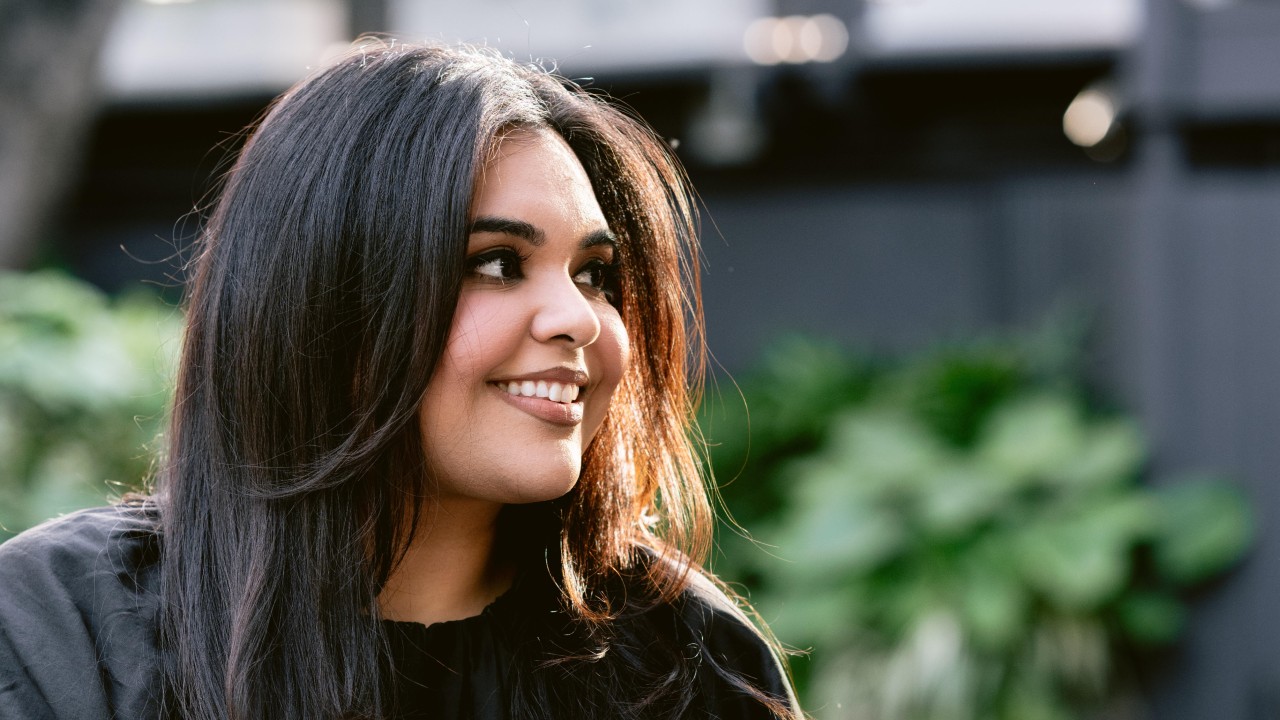
Not everyone's a fan of shortform video, though, and in recent times, LinkedIn has unexpectedly emerged as the professional platform of choice for many creatives, despite its own limitations. "In the last year, our business has gone from doing very little to changing the focus solely to Linkedin," says Gordon. "Everyone we'd want to work with is on there. The new strategy I have for when and how I post seems to be working. The engagement is building with every post, and we've had a couple of enquiries too."
Along with the cultural problems with certain platforms, though, there are also technical ones. Sasha's plea to social media giants is simple but profound: "Make everything horizontal! As a director of photography who shoots food and drinks for a living, the majority of what we capture is in landscape, but the platforms' obsession with vertical means work gets cropped or squashed and half the frame disappears. It's frustrating to spend hours crafting a shot only to have it trimmed to fit a feed."
AI slop
Whatever the platform, one of the biggest concerns right now is the proliferation of AI-generated content. Becky articulates a widespread frustration with this new blight on the social landscape.
"While I think you can be creative with AI and work hand in hand with it to make some cool content, we're being drowned out with quick and easy AI drool," she complains. "LinkedIn is littered with lazy posts and YouTube with faceless channels pushing out misinformation just to make a quick buck."
Her wish, then, is clear. "I want to get rid of all the lazy AI posts so we can see the authentic creators and makers. I want to discover a new illustrator on Instagram or a film maker who can make me feel something in just a TikTok."
Positive vibes
Despite all these frustrations, though, most creatives acknowledge that social media has had a profound impact on their careers. "While the comparison game can be brutal, social media has been a blessing for my creative career," says Chloe Gross, designer at CBX. "Seeing excellent designers online inspires me and helps me improve. It also provides priceless insights from seasoned creatives."
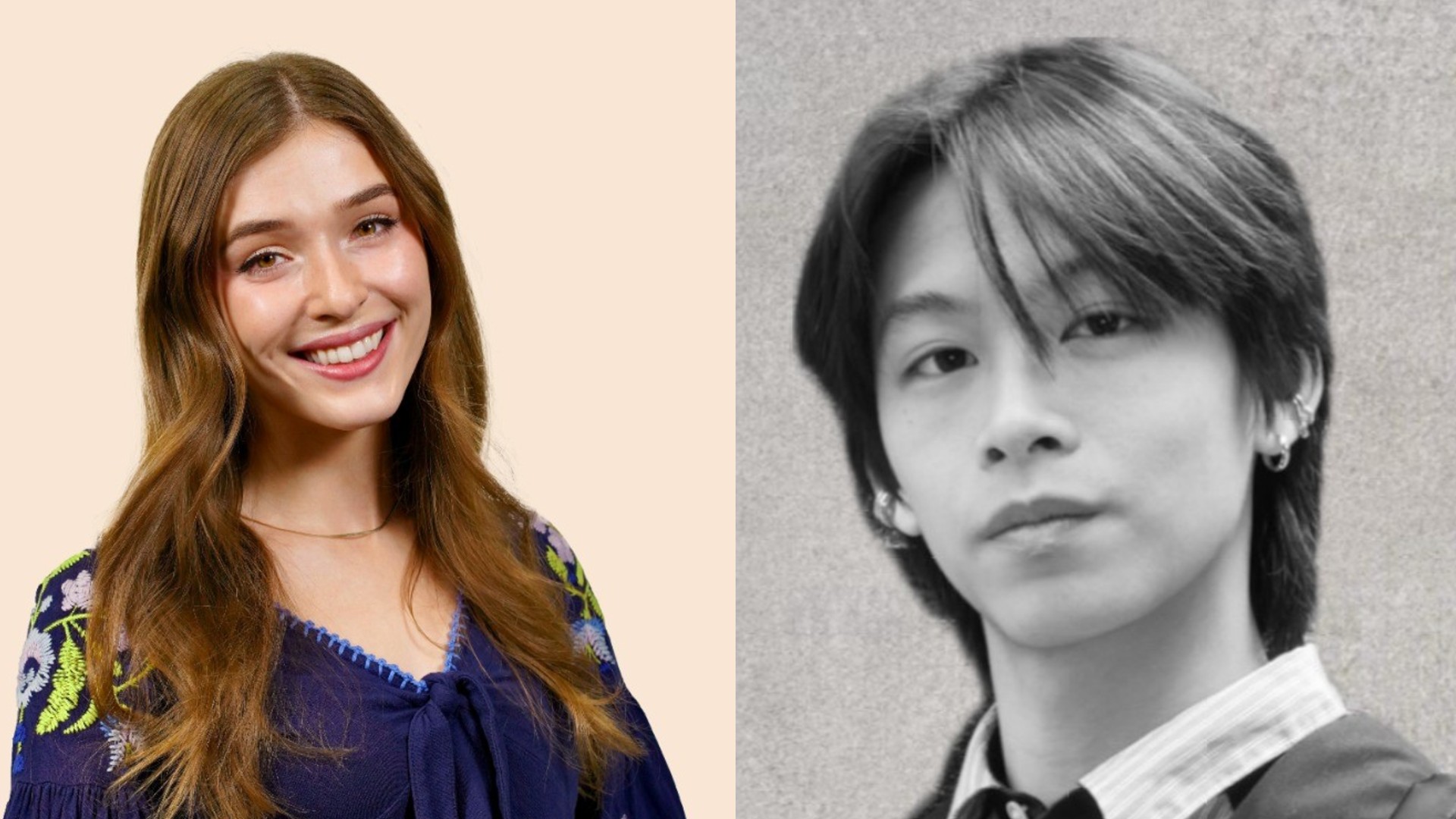
Nikita, too, feels broadly positive. "Social media has opened doors I wouldn't have had access to through traditional networks," she stresses. "My work has reached people who then brought me into conversations and opportunities I had no formal pathway into. It's flattened some of the barriers to entry."
For Becky, meanwhile, it proved invaluable during a career crisis. "When I was made redundant in 2023, it was LinkedIn that was there for me," she recalls. "It was there for me when I shared my pity post asking for any leads, and it was there when I got to celebrate landing a dream role at The Gate. So for me, this social channel has been more than a blessing. It's meant that I could pay my mortgage."
Looking forward
What emerges from these conversations, then, is a picture of creatives adapting to a landscape they didn't choose, but can't ignore.
In response, they're developing strategies for maintaining authenticity whilst navigating algorithmic pressures, seeking meaningful connections amid the noise, and trying to preserve their creative integrity whilst building their careers.
And while there may be many problems with the platforms, there's positivity and joy too. "When I think of social media, my gut reaction is catalyst," says Tyler. "It's a constant pulse check on culture where trends spark, conversations shift, and communities form in real time. As a brand and design strategist, I'm always tapped in, using that energy to shape work that's rooted in culture but still undeniably me."

But as these platforms continue to evolve in the era of AI, will they continue to support this kind of authentic creative expression? Or will creatives need to find different ways to connect with audiences and opportunities?
Recently, I've seen some shift to smaller and more niche networks, such as those found on Discord, while others have decided to go back to running their own websites and having total control over their own content and how it appears.
My guess is that the future will see a mixture of all three approaches, offering greater choice for creatives overall. What's certain, though, is that the conversation between creativity and social media is far from over.
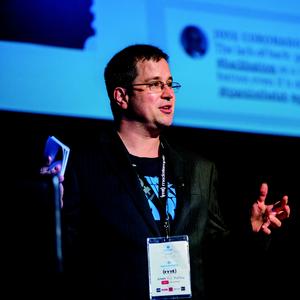
Tom May is an award-winning journalist and author specialising in design, photography and technology. His latest book, The 50th Greatest Designers, was released in June 2025. He's also author of the Amazon #1 bestseller Great TED Talks: Creativity, published by Pavilion Books, Tom was previously editor of Professional Photography magazine, associate editor at Creative Bloq, and deputy editor at net magazine.
You must confirm your public display name before commenting
Please logout and then login again, you will then be prompted to enter your display name.
